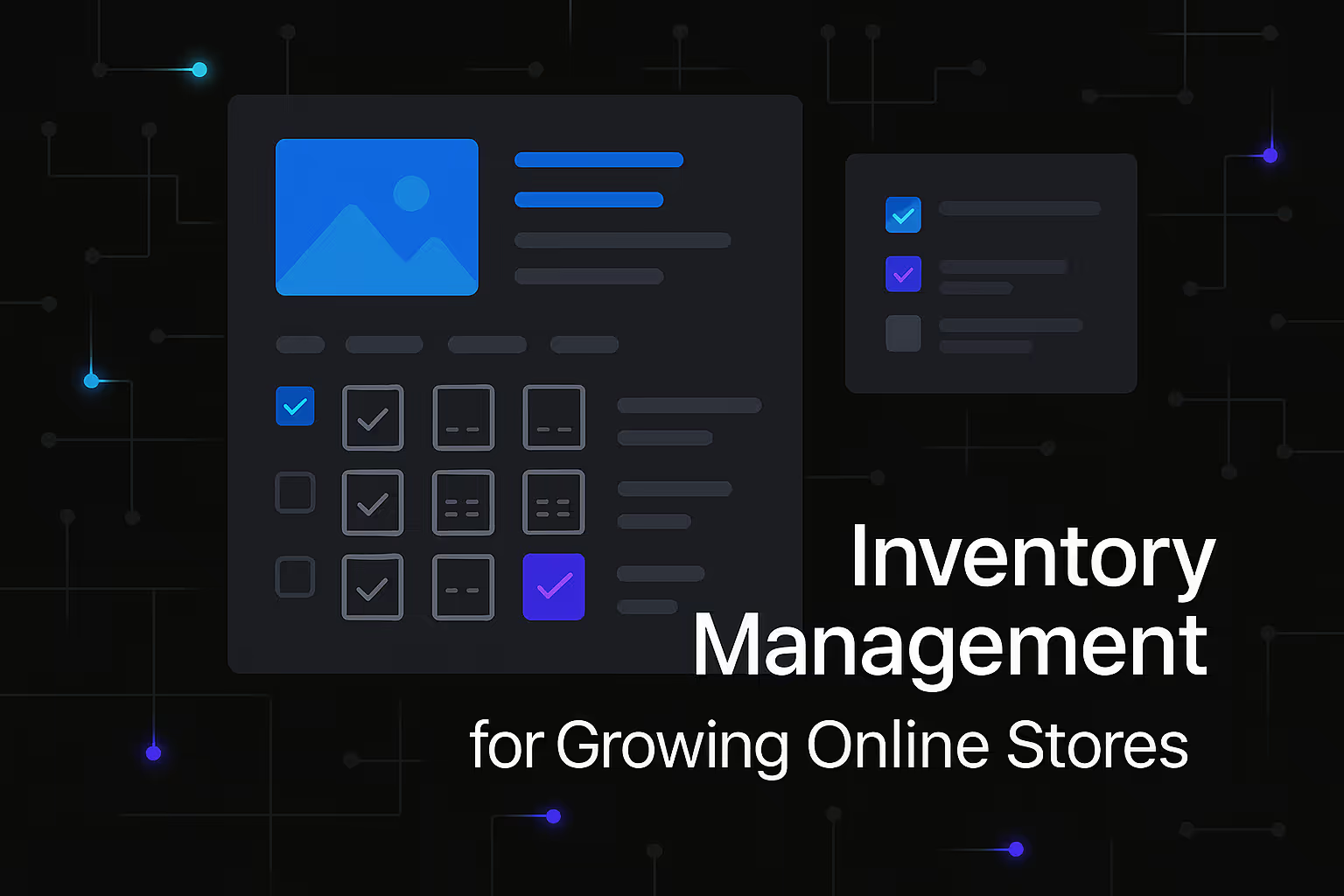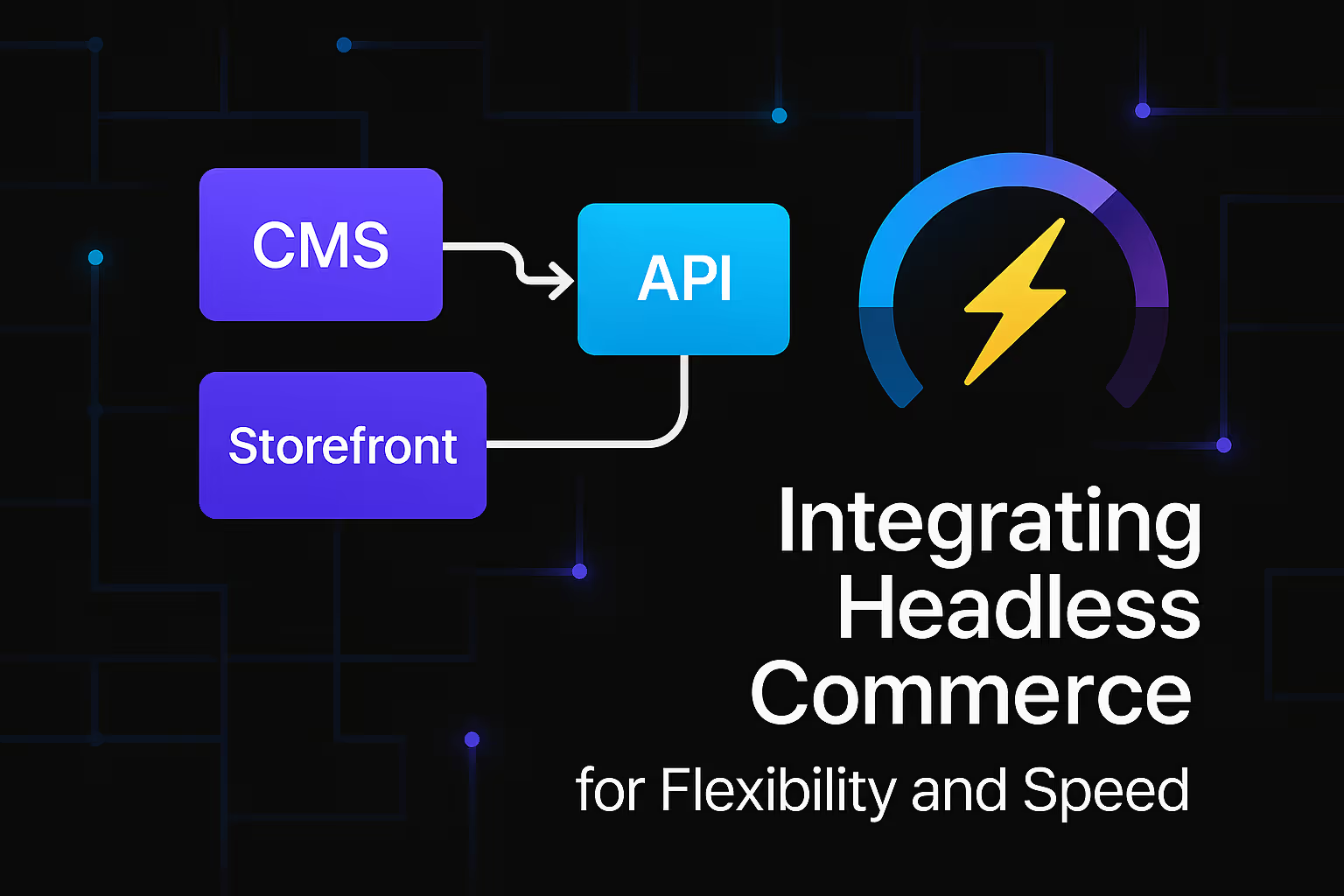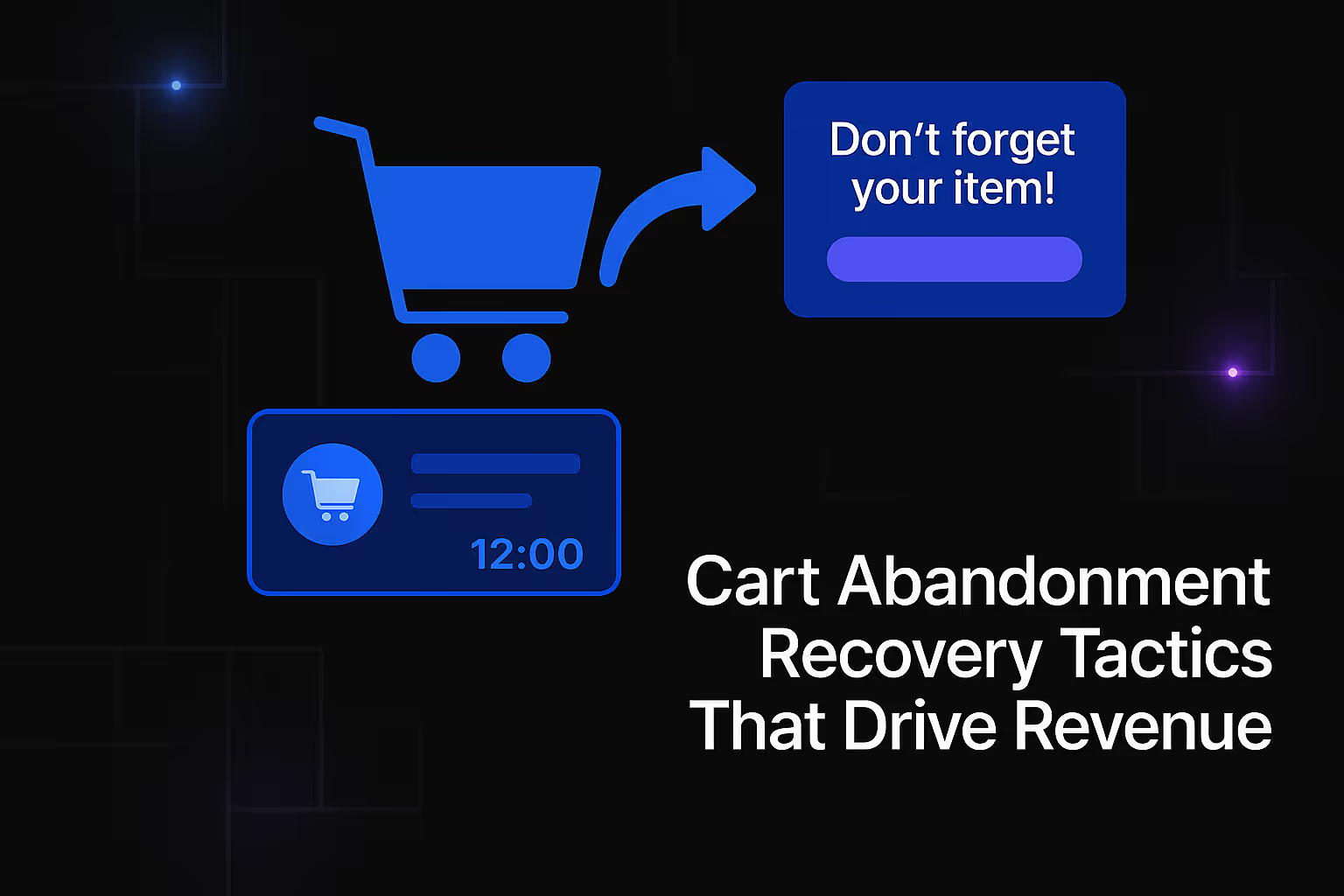Inventory Management for Growing Online Stores

Inventory Management for Growing Online Stores
As your eCommerce business scales, so does the complexity of managing inventory. What worked for 10 products and a single warehouse starts breaking down when you’re juggling multiple SKUs, sales channels, fulfillment partners, and customer expectations.
Efficient inventory management isn’t just about stock counts—it’s about visibility, accuracy, and control. Here’s how to scale your inventory systems without sacrificing growth.
1. Why Inventory Management Matters
When inventory is poorly managed, it leads to:
- Stockouts and missed sales
- Overselling and angry customers
- Inefficient cash flow and excess storage costs
- Manual processes that don’t scale
On the flip side, strong inventory management leads to better forecasting, smoother operations, and healthier margins.
2. Signs You’ve Outgrown Your Current System
If you’re still relying on spreadsheets or platform-native tools, watch for these red flags:
- Constant backorders or overstock issues
- Difficulty syncing inventory across channels
- No real-time visibility into warehouse levels
- Fulfillment errors and returns due to inaccurate stock
Growth introduces complexity—your systems need to keep pace.
3. Centralize Inventory Across Channels
Whether you sell on Shopify, Amazon, Walmart, or your own site, siloed inventory data causes chaos.
Key steps:
- Use an inventory management system (IMS) or order management system (OMS) that centralizes all stock
- Sync inventory updates across channels in real-time
- Monitor performance by location, SKU, and fulfillment method
Popular tools: Skubana, Cin7, Finale, NetSuite, Linnworks
4. Use Demand Forecasting to Plan Smarter
Forecasting helps you:
- Avoid overstocking slow movers
- Prepare for seasonal spikes or campaign lifts
- Plan POs with better lead-time accuracy
Tips:
- Base forecasts on historical sales, adjusted for seasonality
- Factor in marketing events and product lifecycle trends
- Use tools with machine learning to automate and refine predictions
5. Automate Reordering and Alerts
Smart reordering systems prevent surprises.
Set rules for:
- Reorder points based on velocity and lead time
- Automated POs to suppliers
- Low-stock alerts before stockouts occur
Automation turns reactive inventory management into proactive growth enablement.
6. Consider Third-Party Logistics (3PLs)
As you grow, in-house fulfillment becomes a bottleneck.
3PL benefits:
- Scalable pick/pack/shipping
- Lower shipping costs through carrier partnerships
- Distributed warehousing for faster delivery
Popular 3PLs: ShipBob, Deliverr, ShipMonk, Flexport
Be sure your inventory platform integrates with your 3PL partner.
7. Track Inventory KPIs
Key performance indicators to monitor:
- Inventory turnover ratio
- Stockout rate
- Holding cost per SKU
- Fulfillment accuracy rate
- Sell-through rate
KPIs help identify waste, opportunity, and process improvements.
8. Optimize Product Bundles and Kits
Bundles drive AOV—but they complicate inventory.
Solutions:
- Use virtual bundling to group SKUs without physically kitting
- Track bundle components individually for better restocking
- Automate bundle inventory based on available parts
Smart bundle logic prevents fulfillment headaches.
9. Build for Returns and Reverse Logistics
Returns are part of the game—especially in apparel, DTC, and seasonal sales.
Strategies:
- Restock returned items quickly to reduce holding costs
- Use barcoded return labels for automated scanning
- Track return reasons to improve product or experience
Returned inventory should be a recoverable asset, not a loss.
10. Plan Inventory Around Marketing
Inventory planning shouldn’t happen in isolation.
Coordinate with marketing teams to:
- Forecast inventory needs for promos or launches
- Ensure products are in stock before campaigns go live
- Avoid running ads on out-of-stock SKUs
Your best marketing campaign will flop if you can’t fulfill the orders.
Scale Smarter, Not Harder
Inventory management is the backbone of scalable eCommerce. As your store grows, so should your systems.
Looking to upgrade your inventory strategy or streamline your operations? Let’s build an infrastructure that supports your next stage of growth.
Similar Insights
Stay Updated with Our Insights
Join our newsletter for the latest trends and tips in web development and digital marketing.




